Rakhines cast aside for tourism conquest in Kuakata
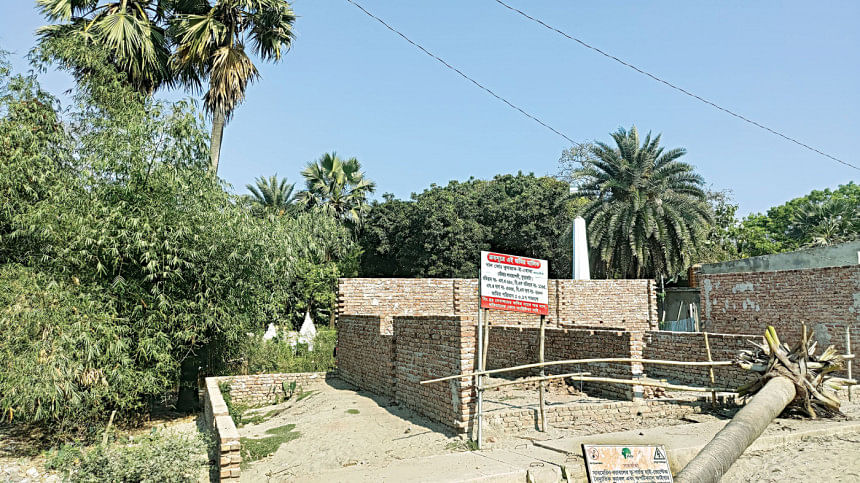
According to the Integrated Community Development Project, only 22 burial grounds remained intact in 39 Rakhine villages in Patuakhali and Barguna. The rest are either grabbed or encroached.
Kuakata, the country's second largest sea beach, is being turned into a tourist destination without a structured plan, kicking out the native Rakhine population in the process.
Since December, in several visits to Patuakhali's Kuakata, The Daily Star found that influential people are building different structures, grabbing the indigenous population's living space, temples and even burial grounds.
Rakhines have lost 70 percent of their burial grounds and 50 percent of temples in the past three decades, according to a non-government organisation's survey.
Locals said it was the result of administration's failure as they didn't consider the Rakhine people in the planning process.
Kuakata was announced as a tourist spot in 1998, according to the Kuakata municipality. The authorities said the Prime Minister's Office (PMO) approved a master plan in 2013, but they couldn't start its implementation till now.
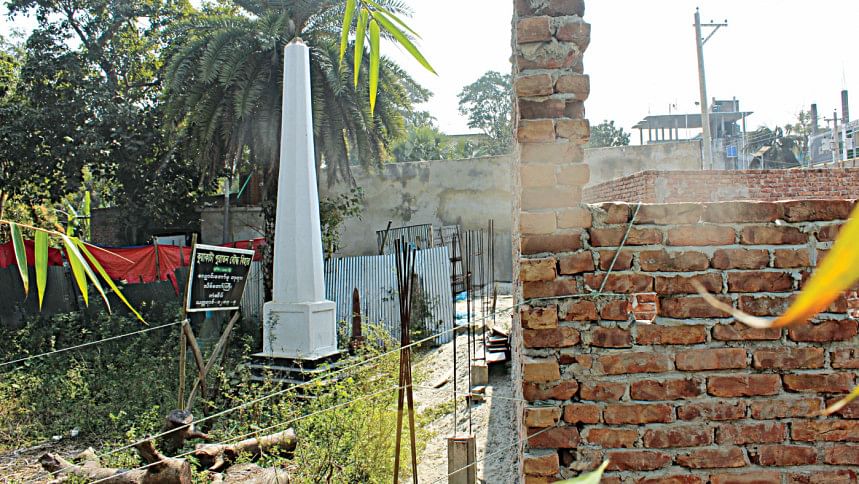
"We couldn't start the implementation as we're yet to form a Kuakata Development Authority like Cox's Bazar," said Harun Or Rashid, executive engineer of the Public Works Department (PWD) of Patuakhali.
The Housing and Public Works Ministry formed a five-member Patuakhali Development Authority in 2011. The following year, PMO instructed the district commissioner (DC) saying, permission from the DC's office is a must to build structures, sell or buy land in Kuakata municipality, Latachaplee, Kawar Char, Gangamati and Char Chaplee villages.
The ministry issued another gazette in 2016, forming a nine-member committee headed by the divisional commissioner of Barishal. It said this committee will approve all the establishments and land related issues in those areas.
"As many as eight buildings in Kuakata took approval from this committee till 2019," said Md Anwar Hossain, mayor of Kuakata municipality, recently.
The Daily Star found hundreds of newly built constructions in the municipality area and at least 10 under construction buildings.
According to locals, there are at least 123 hotels, 3,000 business establishments and over 3,000 residences built since 2010.
Last February, Luma Rakhine, a rights activist, complained to the DC that an influential group is building establishments by grabbing a portion of Rakhine land in the Keranipara area.
The DC directed Upazila Nirbahi Officer (UNO) Abu Hasnat Mohammad Shahidul Haque to investigate.
Contacted, the UNO said he asked for all the documents from both the parties. "After checking the documents, we will move forward," he said.
The UNO said the same group made a "Coffee House '' by grabbing a portion of sea beach, which was government property. "We will evict the establishment soon," he said.
This newspaper visited six Rakhine villages including Kuakata's Kalapara and Keranipara, Latachaplee union's Misreepara, Mithaganj Union's Tulatalipara and Madhupara, Tiakhali union's Choyanipara and Choiyapara recently and found several such allegations.
The Rakhine burial ground in Kalapara's Nachnapara area, was trashed with garbage. The front portion of the land was blocked by some tin-shed shops and a madrasa.
"Once we had over 30-decimal land here which has now become only five decimals. We can't follow the proper rituals in such a small place," said Koa Koa Moung, a member of the Rakhine community. He said by dumping the garbage here, some are violating the sanctity of the place.
The Daily Star talked to two shopkeepers Idris Mia and Chand Miya, and Muhtamim of the madrasa Mawlana Al Amin. They claimed that the place is not owned by the Rakhine.
"It's a khas land," claimed Al Amin. When asked if they have any permission from the government, he said, "No, there's no practice of such a permission to build madrasa."
According to the Integrated Community Development Project (ICDP), working for land, education and cultural rights of the Rakhines since 2007, only 22 burial grounds remained intact in 39 Rakhine villages in Patuakhali and Barguna. The rest are either grabbed or encroached.
At least a dozen villages do not have any burial ground at all. Only 20 of the 39 Rakhine villages have their temples while the rest 19 villages lost theirs.
The Misreepara Buddhist temple authority rented out a portion of land for shops about 20 years ago.
"But the renter is claiming that they're the land owners," said Mongla Ching, president of the temple management committee.
Selim Munshi, the accused grabber, claimed that about a decade ago, he had bought 2.66 acres of the temple land from the mother of Mongla Ching and had all the documents.
"The land constituting temples, ponds and burial places are not sellable property as they belong to the community," said Dhaka University Prof Robaet Ferdous.
He said the number of Rakhine villages has been reduced to 26 from 144 in Patuakhali and 13 from 93 in Barguna since 1948.
"Patuakhali lost just another village, Choyanipara, some months ago due to the construction of the Payra sea-port," he claimed.
The ICDP, in a 2014 house-to-house census conducted in Patuakhali and Barguna, estimated the Rakhine population to be exactly 2,425.
About 1,000 Rakhines came to Rangabali in Patuakhali from Burma, now Myanmar, by sailboats in the last quarter of the 18th century and their number rose to 1,00,000 by the first quarter of the 20th century, according to researchers.
"Influential locals deceived the Rakhine to grab their lands. Rakhines are exhausted from continued legal fights over the years," said Maung Miya, a member of Bangladesh Adivashi Forum.
At Keranipara, the heart of the Kuakata municipality, the remnants of the Kuakata Old Buddhist Temple stood by the main street, catching the admiration of the tourists.
Even in 2017 tourists could see it from the street. But a part of it was grabbed several months back leaving its view completely blocked by walls and shops.
The temple was relocated after the flood of 1962. The altar on which once sat the statue of Buddha statue is now used for drying fishing nets.
"Once this place was not only frequented by worshipers but by others for it had a well of fresh water," said Luma Rakhine.
In the masterplan, it's mentioned that only one historical well is owned by the Rakhines, two temples and two residential areas whereas according to local Rakhines, they have four residential areas including Keranipara, Noyapara, Panchayetpara and Motholpara.
"We have another 11 Rakhine-palli (villages) in Latachaplee union and four temples in the municipality area which were unmentioned in the masterplan," said Maung Miya.
He said, "When the masterplan was introduced, nobody from the administration asked for our opinion. Rakhines were ignored at that time and till today."


 For all latest news, follow The Daily Star's Google News channel.
For all latest news, follow The Daily Star's Google News channel. 

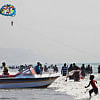

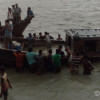

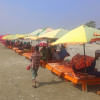

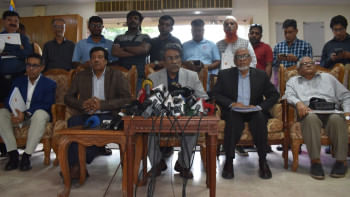
Comments